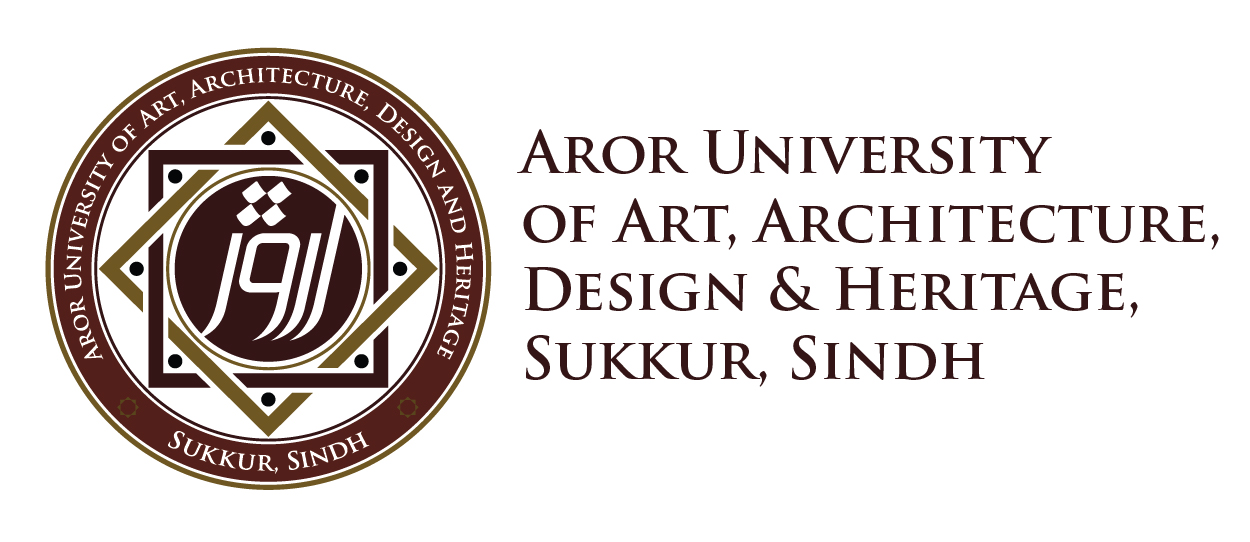Mission Statement of the Program
To establish our influence as a regional leader of quality aesthetics with a deeper appreciation of the nature, human expression and experience; providing distinctive artistic, practical, professional, technical and educational opportunities to respond to the challenges of ever emerging technologies and expanding range of art & its form.Introduction
Based on the requirements of fine arts majors for basic education, the BS Visual Art enhances the basic ability of students with effective and specific courses, aimed at improving their professional quality and broadening their artistic horizons. It equips them with solid modeling ability and basic theoretical knowledge. It aims that students have the academic skill, analytical ability and vision to create works of art. At the end of their course, it trains students to become practitioners with a meaningful understanding of tradition and information of the contemporary scene.To attain this, the BS Fine/Visual Art offers a range of courses, which include studio and theory. Divided into Majors of four different disciplines: Painting, Printmaking & Digital Art, Sculpture and Miniature Painting; along with Studio Drawing, Studio Electives, and Fine Art Seminar. Each student of Fine/Visual Art, in the 2nd Year, is introduced to all 4 Major subjects, before choosing one to pursue in the 3rd and 4th years. During this period, Studio Drawing and Fine Art Seminar contribute to developing an individual approach
